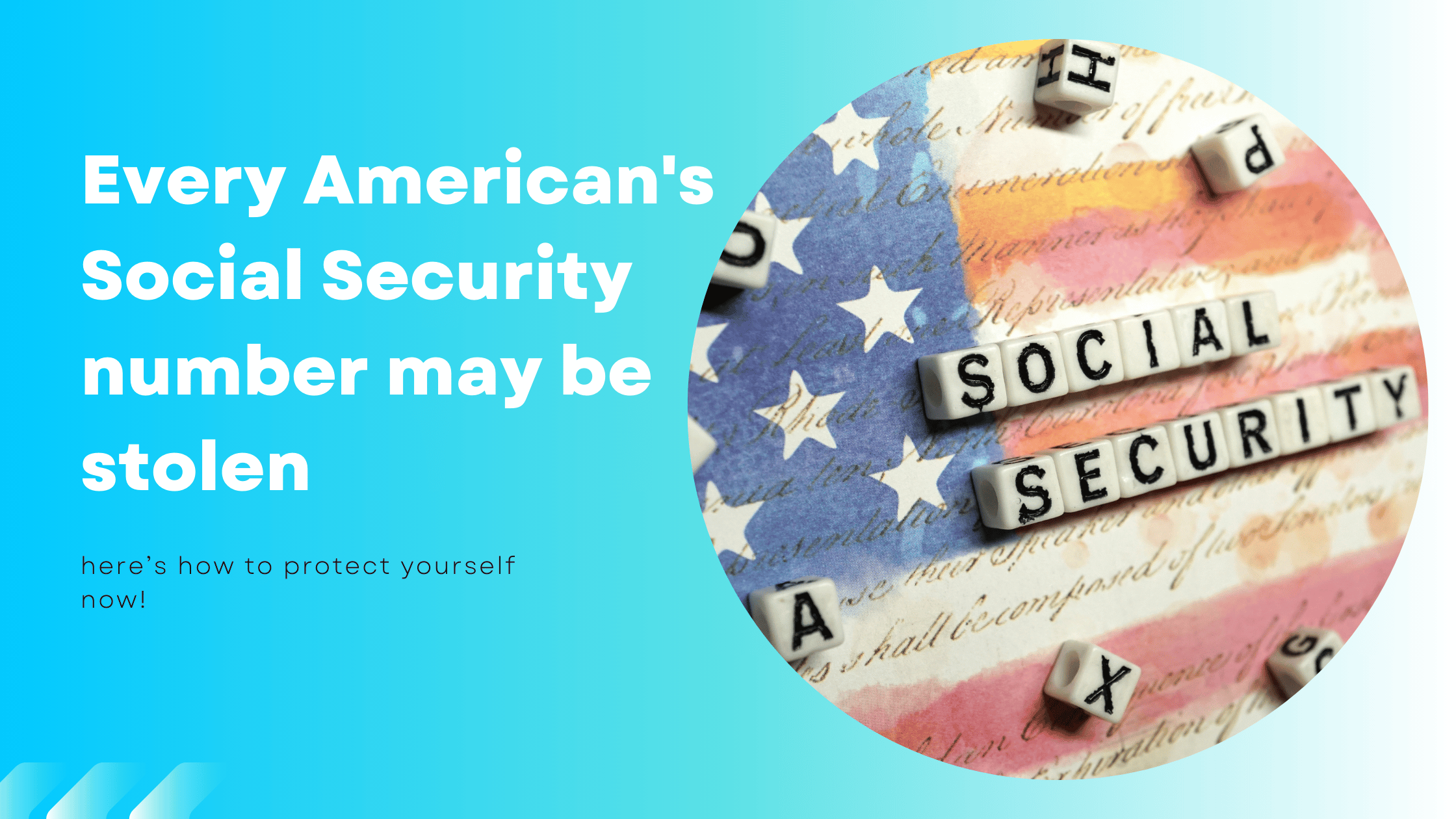Approximately four months post a famed hacking collective’s declaration of Social Security Hacked a massive load of confidential personal intel from a prominent database marketer, an affiliate has purportedly put most of this data out there – free of charge – on a cyber-bazaar specifically for pilfered private details.
A couple of important things weren’t found in the hackers’ collection. The absence of email addresses, commonly used for service logins, was one. Another missing element was driver’s license or passport photos, and key for government identity checks.
Murray from PIRG still warns that mischief-makers might use the leaked details for heaps of naughty actions. The biggest scare is them trying to control your accounts, especially linked with your bank, investments, insurance policies, and email. Using your personal info like name, social security number, birthdate, and address, tricksters could make phony accounts or persuade others to change your account password.
“For someone who’s truly skilled at it,” Murray said, “the possibilities are endless.”
There’s also a chance that wrongdoers might take advantage of information from past data breaches. They could pair these details with data from the recently disclosed National Public Data leak. Given all this data, Murray warns, “It opens the floodgates to a myriad of problems, enabling a plethora of crimes, and facilitates the theft of countless sums of money.”
How to protect yourself
Security breaches involving private info are now so common that some experts feel your confidential details are probably hiding in the unseen parts of the web. Many folks know how to locate this data. According to VPNRanks, a website that evaluates virtual private network services, an estimated 5 million individuals use the TOR browser daily to navigate these hidden parts of the internet. However, it’s only a small group amongst these who might have wrong intentions.
Think your Social Security number or other private details might be exposed? The best advice is to freeze your credit. You can do this at the big three: Experian, Equifax, TransUnion. This is free. It stops bad guys from getting the best of you, like opening loans or cards under your name. Yet, don’t forget to pause the freeze if you need a credit check for an application.
Online or over the phone, you can set up a credit freeze. It’s important to handle this directly with each credit bureau. Steer clear of emails or texts popping up out of the blue claiming they’re from a credit agency. PIRG cautions that these are probably schemes to swipe your personal details.
Interested in safeguarding your credit? PIRG has a straightforward guidebook just for you!
There’s also the option of joining a watch service. This service looks for suspicious activities on your accounts and during deep internet scans. Usually, this service isn’t free. But, if there’s a data breach, the company involved often provides this service at no cost for at least a year.
If you’re nervous about your private details being exposed, both Google and Experian offer services to scour the shadowy parts of the internet for potential leaks. They don’t specifically target the discussed breach of National Public Data though. A no-cost resource is available from cybersecurity company Pentester to tackle this concern. They delve into the compromised National Public Data files. Plus, they give you ways to secure your credit reports even further right there with the findings.
Keeping these steps in mind is essential to avoid unauthorized new accounts in your name. However, they don’t provide much safety for your current ones. Interestingly, if you haven’t set up online access, those accounts are often easy targets for identity thieves, according to Murray. The reason? It’s simpler for a thief to pretend to be you and create login details than it is to break into an account with pre-existing credentials.
It’s vital to have different, robust passwords updated regularly for every service you use. Password manager apps, such as Apple’s iCloud Keychain (which is free) or other paid options, ensure you only need to remember one main password, as they securely keep your other passwords.
Also, experts stress the value of two-factor authentication (2FA), which provides another layer of safety besides just your username and password. The second factor typically involves your phone, like receiving a text. Still, an even safer method is an authenticator app – protecting you if bad guys get your phone number.
Speaking of, SIM swaps and port-out fraud are schemes scammers use to snatch your number. To prevent this, AT&T limits account access with a passcode, T-Mobile has optional security against number switching, and Verizon blocks SIM swaps until the account owner confirms with their current device.

